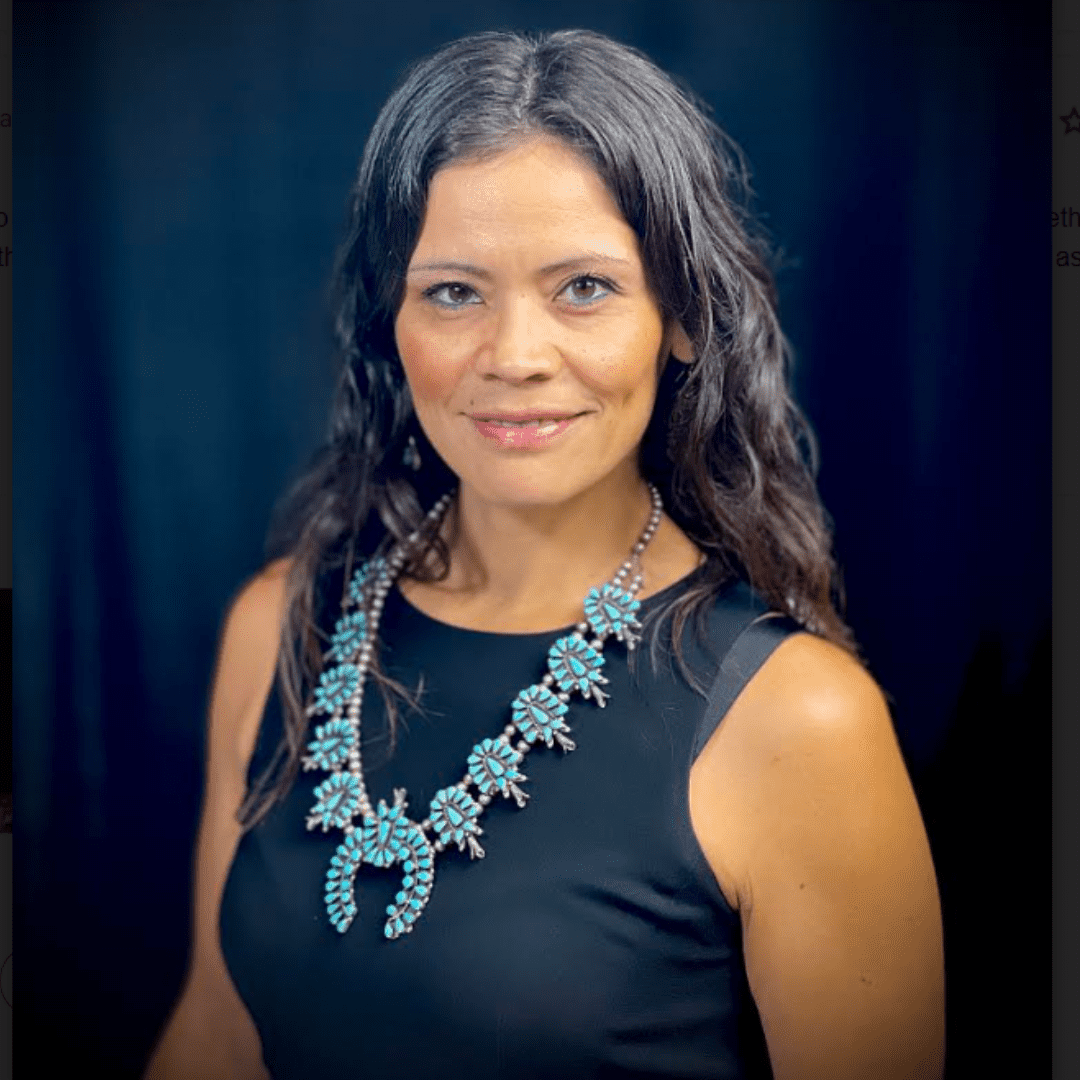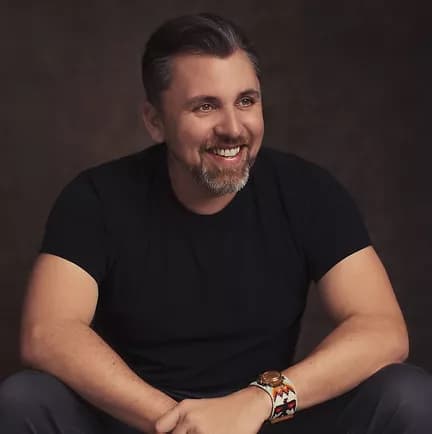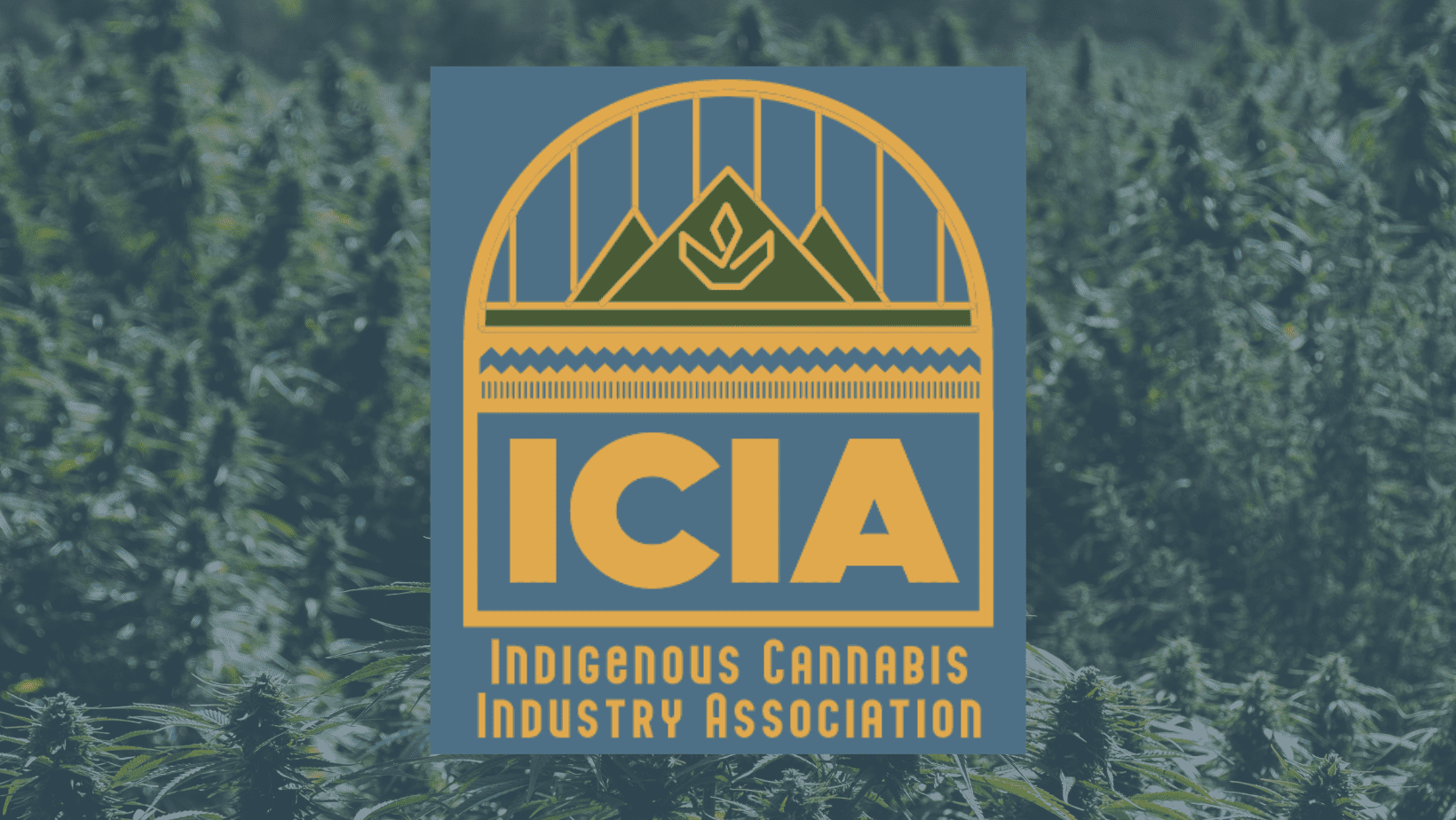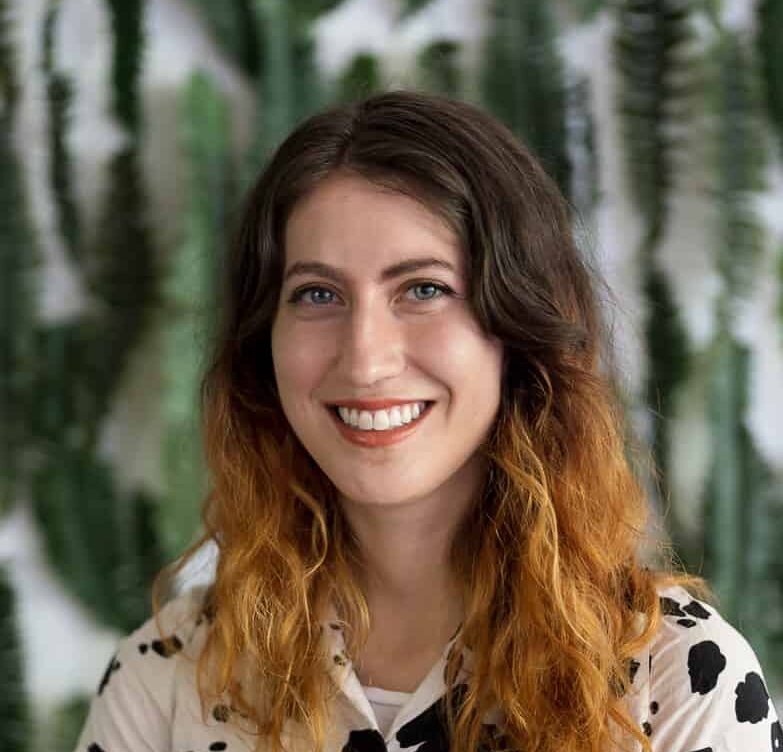Growing up on the Nez Perce reservation in present-day Idaho, Mary Jane Oatman’s relationship with cannabis started early. She’d see friends of her parents stop by for short visits, not realizing they were there to buy weed from her mom and dad.
“People didn’t talk about it, nobody was really open about it,” she explains.
As a little girl, she’d sit through school assemblies filled with anti-drug rhetoric, grappling with knowledge that her own grandma was in federal prison for growing marijuana.
“The weight and the burden of all of that being eight, nine, ten years old just wasn’t fun,” she tells me. “Because my parents were cannabis users, I didn’t get to have what I thought was a normal childhood. I wanted sleepovers, I wanted my girlfriends hanging out at my house, but they were such heavy cannabis users that it wasn’t really a possibility.”
Her relationship with the plant changed wholly in high school, when the pressures she faced as a varsity basketball player triggered anxiety attacks. “My dad hotboxed me on the way to one of my basketball games, and I had the best performance of my life,” she says. From there, she started to take a few puffs before every game to alleviate her stress.
Oatman’s relationship with cannabis strengthened over the years, and in 2017 she launched the Indigenous Cannabis Coalition, a group centered on education and advocacy. With this launch came Tribal Hemp and Cannabis (THC) Magazine, which elevates Indigenous perspectives and focuses on preserving tribal sovereignty in federal legalization.
Though she lived with fellow Nimiipuu people on Nez Perce land, Oatman began to make cannabis connections all across the country. A press release on the launch for Canndigenous, a present-day Wisconsin hemp farm, led her to owner Rob Pero, a member of the Ojibwe nation. Soon after, she met Pero in person at an Indigenous networking event and the two hit it off.


“It was really a prolific moment in my life,” recalls Pero. “To find someone that was doing the work I had envisioned Canndigenous to be an example of. Advocating for more participation, more workforce development, transparency…she was doing this already.”
Last month, Mary Jane Oatman and Rob Pero launched a new group called the Indigenous Cannabis Industry Association (ICIA), which aims to create opportunities for Indigenous people, as well as empower communities through policy, programming, and outreach.
“Rob’s vision really helped reshape what I was doing, because my big focus has always been on what tribal nations are up to,” she explains. “I realized there are 574 federally recognized tribes and dozens of other state-recognized tribes. With that comes millions of tribal citizens trying to figure out their pathway in cannabis.”
“I just felt very lucky that she found me, and that PR works,” says Rob, who has a background in branding, consulting, and media production. “Narratives are important. Our native community, unfortunately, has not controlled the narrative about what we’re doing, what we’re about, and where we’re going for a long, long time.”
Rob explains how he’s previously worked in Indigenous economic and workforce development to level up the talent in Indian country. “Now we’ve got to take all of that work to cannabis, stake a claim, and say this is ours. It’s always been ours. Now we’re going to advocate for it on a national stage.”
The ICIA just held the Indigenous Cannabis Policy Summit in D.C. last week, where tribal leaders, government officials, veterans groups, and advocacy organizations gathered for two days of policy discussions. When I spoke with Mary Jane and Rob, they were eagerly prepping for the summit, which was just a week away.
“The momentum has been really building up on the media side of things,” Oatman tells me, before Pero adds, “We have people piling into this D.C. summit because it’s now time for action.”
Scoping out Indian Country
On top of education and advocacy, a key initiative for ICIA is data collection. To really understand what’s happening across tribal communities, it’s essential to map out who is doing what, where, and how. As a starting point, the group is working on a demographic map of cannabis businesses among tribes.
But tribes are often moving quietly across Indian country. As Mary Jane points out, “Any time a tribe tries to move forward and produce anything positive, an economic development is usually challenged by a multitude of jurisdictions surrounding them.”
One of the tribes’ great advantages is an impediment to the ICIA’s work. Given that tribes follow separate requirements from state-licensed cannabis businesses, they aren’t required to report revenue or other data. “It’s been interesting trying to promote this as an opportunity for other tribes when there’s not a lot of data out there. We don’t have those figures yet in Indian Country,” explains Oatman.
And a lot of it comes down to a lack of trust.
“If they’re moving along and doing things okay, why mess it up and talk about it?” says Pero. “It hasn’t typically done well for our tribal communities to promote things that go well. Apprehension, fear, and lack of trust is real.”
Mary Jane tells me the story of the Flandreau Santee Sioux Tribe in present-day South Dakota, who were public about their plans to create a cannabis tourism mecca years ago. “Really early on, they found themselves with fear of being federally-raided because they were so outspoken,” she says. That was back in 2015, and even though the tribe is now hoping to open their resort this January, seven years following the fears about federal raids, the tribe still faces hefty opposition, including from the Flandreau police chief.
Rob and Mary Jane believe that collecting data and providing education is part of the solution to this problem. By creating an empowered and educated community around cannabis, they can work together to overcome the valid apprehensions many feel about entering or discussing Indigenous cannabis.
“The fact that our tribal communities are opening up to us as tribal community members to do the work on their behalf and build this together—that’s where I think you’re going to see strength in numbers and more peace of mind,” adds Pero.
Mary Jane explains that the ICIA is there to meet tribes where they’re at. Some aren’t ready to consider cannabis as an option, whereas others just need some support.
“While many are starting small in their tribal community, there are folks who see the bigger picture as brand building for their tribe,” says Oatman. “Tokeland is another good example. They just recently started, but they’re now seeing themselves as being a tourism mecca for events and cannabis-friendly stages.” Tokeland Cannabis, which opened this July in Pacific County, Washington, is owned and operated by the Shoalwater Bay Indian Tribe.
Policymakers taking pause
The Shoalwater Bay Tribe is not alone. Other tribes are thriving in the business, too. Take the Las Vegas Paiute Tribe’s successful retail and tasting space, NuWu, and the Saint Regis Mohawk Tribe, who got an early-mover advantage In New York from its First Americans LLC partnership with MSO AUDACIOUS.
“A lot of the early innovations have happened by tribes. That causes other state policymakers and regulators to pause for a second and realize they may have done it wrong,” says Oatman.
When it comes to entering the cannabis scene, tribal communities have a clear advantage: sovereignty. She points to the rules and regulations that state-licensed consumption lounges must comply with, including whether food is allowed or if flower can be smoked on the premises. State and local regulatory agencies make it difficult to launch a cannabis business, and tribes don’t have to navigate through all that red tape.
“It’s basically what they want to do on their lands, as long as it’s in line with federal law,” she explains. It’s not that simple, though, as we’ve come to understand in this industry. “Nothing regarding cannabis is in line with federal law,” she adds with a chuckle.
This leaves the field wide open for tribes to do big things, as evidenced by the Las Vegas Paiute and the Saint Regis Mohawk Tribes. Oatman tells me that in New York, some tribes are licensing and permitting their tribal farmers to become cultivators, getting economic development opportunities for the members, and then acting as an economic storefront driver, pushing products out across the state. “That’s a model that’s far different from the West Coast to the East Coast,” she tells me.
“It’s interesting to see other tribes in Washington now looking at cultivating it, trying to figure out how they become a brand themselves to get back into the market.” Oatman points to Agate Dreams as a good example. The Suquamish Tribe-owned dispensary grows their own cannabis and operates multiple retail locations, including a dispensary on a golf course.
Just getting started
Mary Jane Oatman and Rob Pero recognize that they’re just getting started, though their progress has been significant. The group was just invited to the National Congress of American Indians, where many people were so captivated by Oatman and Pero’s message that they immediately booked flights to DC for the ICIA’s first policy summit.
Mary Jane tells me she starts her days early and usually goes late–another testament to the commitment that drives the ICIA and the opportunities these leaders can see.
Indigenous communities maintain control of vast swathes of agricultural land in the US, and as Mary Jane says, “We are a power player when it comes to agriculture, period. And when it comes to cannabis, we are positioned to lead.”





